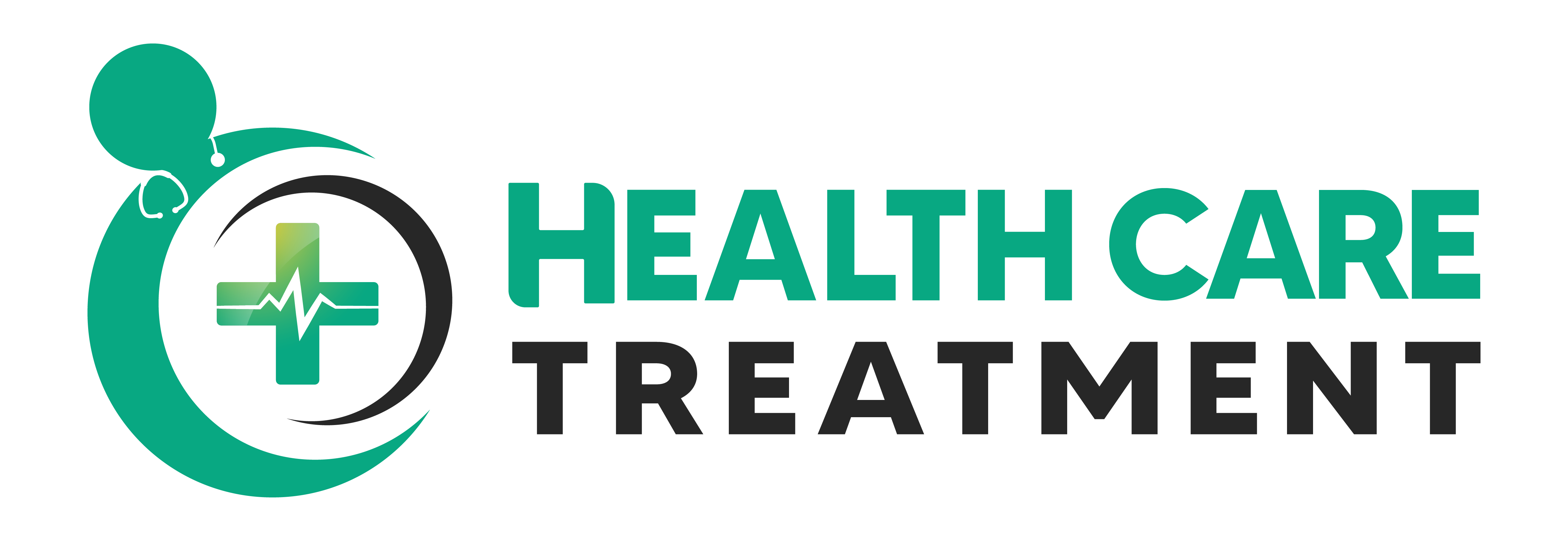5 Feb, 2024 | Stephen Andersen | No Comments
The Rise of Water Births: Why More Women Are Choosing Labor Tubs

As expectant mothers explore the myriad of birth options available to them, a notable trend has been the growing interest in water births. This method, which involves labouring and sometimes delivering in a tub of warm water, is becoming a sought-after choice for its potential benefits in pain management and a more natural birthing process. Supporters of water births argue that this method can offer a calming environment that reduces stress hormones, thereby allowing the mother’s body to produce endorphins which serve as natural pain inhibitors. This introduction will delve into the reasons behind the rising popularity of water births, and highlight why more expecting mothers are choosing labor tubs.
Benefits of Water Births
Pain Relief and Relaxation
One of the most significant advantages reported by women who opt for water births is the natural pain relief and relaxation that water provides. Immersion in warm water has been widely documented as an effective way to manage labour pains without the need for pharmaceutical relief. It helps soften skin and muscles, possibly leading to a quicker and less painful birthing experience.
Facilitates Natural Birthing Process
Being in water during labour mimics the nurturing environment of the womb for the baby and can facilitate a more natural birthing process for the mother. The buoyancy experienced in a labor tub supports the mother’s weight, allows for easier movement, and can encourage more efficient labour.
Reduces Risk of Tearing and Episiotomies
Water may help to reduce the likelihood of severe perineal tears or the need for episiotomies. The reason behind this is that water birth can facilitate gentle stretching of the perineum, reducing stress on the tissue during the delivery.
Safety and Considerations
Importance of a Qualified Healthcare Professional
As with any birthing process, safety is paramount. The presence of a qualified healthcare professional, such as a midwife or an obstetrician familiar with water births, is essential to navigate any complications that may arise and to ensure both mother and child remain safe.
Potential Risks and How to Mitigate Them
While natural water births are generally considered safe for healthy pregnancies, there are potential risks such as infection or water inhalation by the newborn. These risks can be minimized by following strict protocols regarding water temperature, cleanliness, and timing of immersion and post-birth care.
Factors to Consider Before Choosing a Water Birth
Expecting mothers should consider their health and pregnancy status, the available facilities, as well as their comfort levels with water birth. Consulting with healthcare providers can provide more personal guidance and information.
Water Birth vs Traditional Birth
Comparing water birth with traditional childbirth methods reveals differences in approach, environment, and technique. While water birth promotes a more autonomous and less interventional philosophy, conventional methods offer a more conventional infrastructure equipped to handle a broader spectrum of emergency medical situations.
Conclusion
The rise in popularity of water births reflects a broader movement toward gentler, more personalized childbirth experiences. With the myriad benefits it offers and options for personalization, water birth presents a compelling option for many women. As with any major life decision, thorough research and consultations with healthcare professionals are recommended to ensure the best outcome for mother and child.
Incorporating labor tub and natural water birth into the dialogue around childbirth suggests not just a passing trend but a sustainable shift in the approach to bringing life into the world. As more families share their water birth stories, we witness a reimagination of what childbirth can be – a transformative, natural, and affirming experience.
